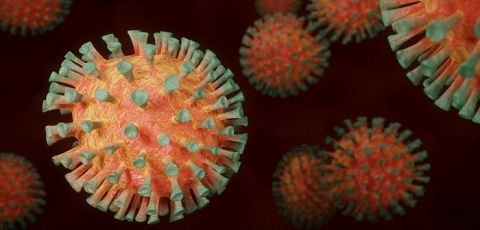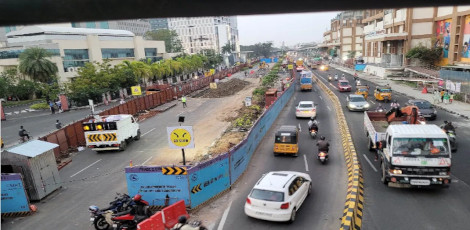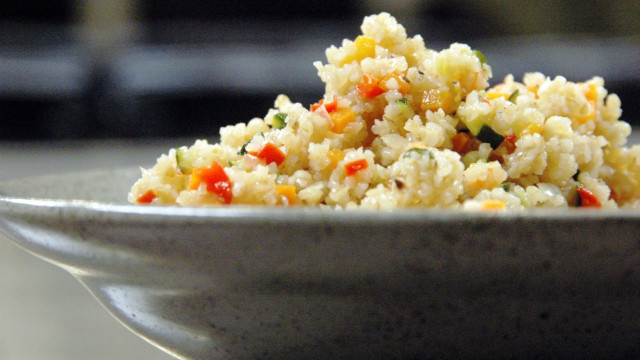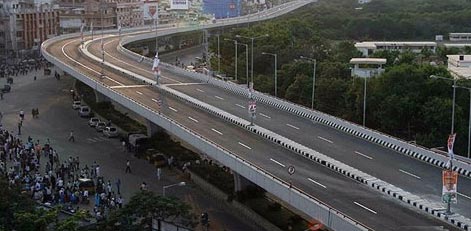No. of views : (2201)
Dominant N440K variant in southern India getting rapidly replaced by double mutant of Coronavirus
Posted on: 05/May/2021 9:23:32 AM

According to Mr. Rakesh Mishra, former director of Centre for Cellular and Molecular Biology or CCMB, it was very clear that the double mutant is a dominant variant in states like Andhra Pradesh, Karnataka and in Telangana etc.
Point to be noted here is that the B.1.617 variant of the Coronavirus also called as double mutant is rapidly replacing the N440K variant in south India.
It must not be forgotten that in the beginning of this year, scientists analysed 5000 variants and it has been discovered by CCMB that N440K is spreading a lot more in the southern states when compared to other variants. According to a scientist named Divya Tej Sowpati of CCMB, B.1.617 is fast replacing N440K in states like Kerala etc. It is important to note that the lineages with N440K are not the dominant ones in the second wave of # Covid19India.
The scientist later mentioned that in the first Coronavirus wave the N440K was indeed a mutation to worry in south India. It has been brought out by the current data that N440K has been essentially replaced by new VoCs like # B1617 and # B117.
Information is that from https://genescov2.genomes.in, B.1.1.7 is increasing now and N440K is present in less than 20% of genomes. It was pointed out by the scientist that just because a variant behaves in a certain way in cell cultures does not mean that it would behave in humans or in pandemic situations etc.
It is learnt that the B.1.617 variant harbours 15 lineage defining mutations and B.1.617 (initially known as double mutant) has 3 new spike proteins. Those present in the area important for antibody based neutralisation are 2 mutations E484Q and L452R.Truth is that the third mutation P681R allows the virus to enter the cells a little better.
It was brought to light by Mr. Sujeet Singh, director of National Centre for Disease Control, in a webinar in April 2021that in Maharashtra B.1.617 variant was found in proportions of above 50% in many cities and the UK variant was present in the 28% samples in the second week of the month of March.







